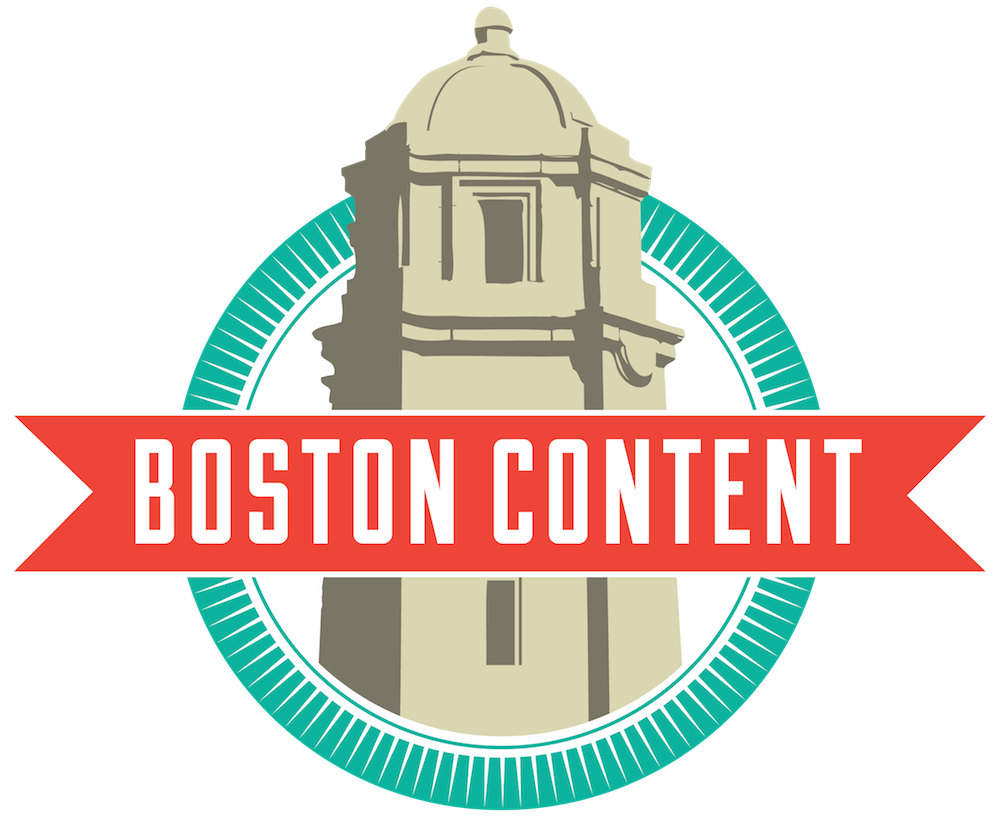Kathleen Ohlson is a writer and editor with over 10 years of experience. Previously, she was a high tech reporter covering various topics, including 9/11 and virus attacks. You can follow Kathleen on Twitter, @kaohlson.
This year you’re very likely going to need to buy (more) video equipment, create (more) scripts, and spend (more) time in the editing room. Video marketing last year became a nice-to-have marketing tool, and now it will be a must-have in 2018.
According to Wyzowl, 63% of businesses are using videos as a marketing tool. Many respondents said video is an important part of their strategy -- and they’re putting resources into it and seeing results. For example, TutorVista, a site that connects students to tutors, saw an 86% increase in conversions through video on its landing page.
Why are companies looking to video marketing more? It connects with our most dominant sense: Vision. Videos can build on that trust you want to grow with your audience, showing how your products and services work and helping to make that connection. Plus, it gets visitors to stay on your sites longer.
And the amount of videos on social media is astounding, according to a report by Website Builder. As of April 2017:
- 48 hours of video are uploaded every minute on YouTube
- On Twitter, videos are retweeted six times more than photo posts
- 100 million hours of video are watched daily on Facebook
- 10 billion videos are watched daily on Snapchat
Whether you might be putting together a video marketing strategy for the first time or are looking to bring it to the next level, here are some trends you might want to incorporate this year.
Live video/streaming
Social media helped boost the transition to live video/streaming last year. Live video increases engagement with your customers, offers you greater exposure and, more importantly, expresses the human side of your brand. Tools from Facebook Live to streaming apps like BeLive and Wirecast are making streaming accessible to your audience through behind-the-scenes video content and live events such as 69th Emmy Awards, which had more than 2 million viewers.
Interactive content
When you start implementing live video/streaming, you want it to be a two-way conversation. Interactive content, such as quizzes and Q&As, enable you to chat with your audience and further strengthen that relationship. They can pop up during a video, encouraging the audience to engage with you. You can tailor this content so you can see how well your audience understands a topic or how interested they are in certain steps in the buyer’s journey.
Personalization
Personalization is always important in marketing, helping to build a passionate audience and increase conversion rates and customer retention. Combining personalization and video marketing will only strengthen that connection. By offering a relevant, thoughtful customer experience for that “one” customer, you build trust. According to Vidyard, personalized videos increase click-to-opens 16 times and total click-throughs 4.5 times. Personalization in videos, for example, can appear in strategic spots and link with stored information, such as names, cities or job titles.
Mobile
Here’s a number that will blow your mind: YouTube reports mobile video consumption rises 100% every year, according to RendrFx. And it’s no surprise that companies are focusing more on the small screen. More people every day are watching videos on the go, so you need to create mobile-ready content that requires a few keystrokes to engage with it.
Square aspect ratios
How you show this video content to your mobile viewers is vital to keeping them around. While mobile screens are getting larger, they’re never going to be the equivalent of laptop screens or desktop monitors -- and social platforms will automatically crop your videos. Using a square aspect ratio will allow your videos to take up more space on smartphone screens, improving views and engagement levels.
360-degree videos
Another type of live video is 360-degree videos, also known as immersive or spherical videos. A view in every direction is recorded at the same time using either an omnidirectional camera or a bunch of cameras. The cool part? Consumers can control their perspective when they view the videos through a virtual reality headset or with a computer or smartphone’s browser control. Companies, including National Geographic, Hong Kong Airlines and The New York Times are adding this element to their video marketing, making the customer experience more immersive and memorable.
Muted videos
You don’t want to be that person who visits a site where a video starts playing really loudly or inappropriately, so people are becoming more aware of their surroundings and muting or turning down the volume. Google has been working on this issue, rolling out its updated Chrome browser that mutes auto-play videos of any kind. If you’re working on videos, you’ll need to come up with ways to get your message across. You might even need to include subtitles or captions rather than relying on voiceovers.
Digital hangouts
Another offshoot of live videos is digital video group hangouts, offering real-time, real-life shared experiences. Most of these users (so far) are Gen Zers. For example, Houseparty, a teen-centric video chat app, has garnered a total of 20 million users who together have participated in more than a half a billion “parties,” the app’s term for video calls. Houseparty users are mostly under the age of 24 and spend an average of 51 minutes a day on the app. Not to be outdone, Facebook is said to be working on Bonfire, an app to compete with Houseparty.
This year, consumers want to watch videos and be immersed in the experience to the point that they’re part of the show. The pressure’s on to not only have video marketing, but to incorporate some of these new trends quickly and show why it’s worth it to your audience to click on you.












